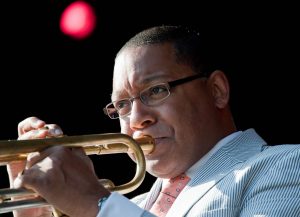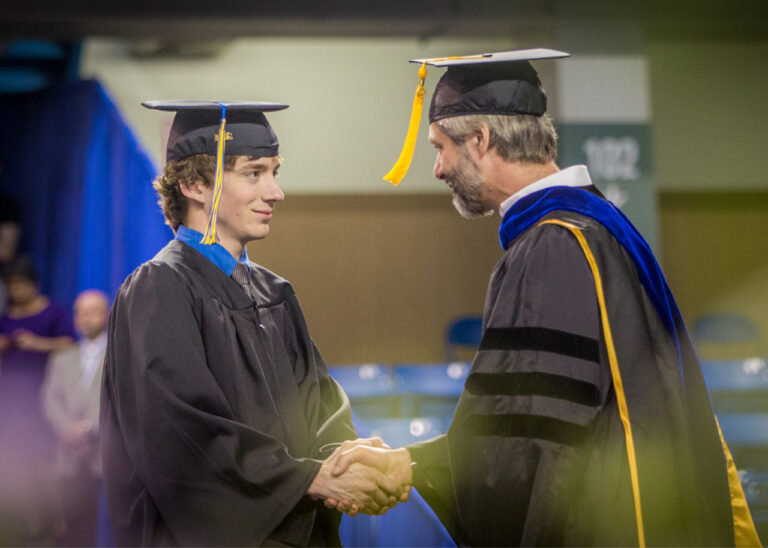Music practice offers insight to improve teaching

Teaching is performance. If you want to improve your performance you must practice, hone and practice more. But how does one actually improve a performance? Suppose you are an aspiring violinist and want to improve. You can practice, but without any guidance or proper form in which to aspire, all you are going to do is saw away at the strings and make your ears bleed. The key to improving performance is not just to practice, but practice with purpose. We as teachers can learn a lot from the way musicians improve their skills. As Wynton Marsalis writes, “You can do more in 10 minutes of focused practice than in an hour of sighing and moaning.” (1)
First, successful musicians regularly practice on a schedule. They don’t have to decide every day if they will practice, it’s just something they do at specific times. Busy schedules and interruptions get deflected because they already know that “it’s practice time”. What’s the parallel in teaching? Carve out a regular time when you work on your teaching practice. Establish it and defend it from other activities. You’ll want to practice in a place without distractions. Two things that music practice rooms usually have is soundproofing and a mirror. One is to remove distractions, the other is to provide literal reflection. When you decide to work on your teaching practice, you’ll want to be away from distractions and have something to reflect on as well.
An instrumentalist will often record a performance to analyze later. The recording provides an objective view of performance and over time can paint a picture of how you’ve improved your skill. For the purposes of review and reflection, many of our lectures or instructional units already have a recording. It’s easy to record online synchronous class sessions and go over them later. In many online classes the “record” of transpired events is journaled in the learning management system itself. Consider the online discussion: How well did you respond to students? How quickly did you respond to them? Were you successful in motivating them to really engage with your material? Were you able to, at some point or another, give every student feedback?
Knowing what to focus your improvement on is critical to improving performance. How do you prioritize what you want to improve? The best way is to keep a journal and note discrete aspects of your teaching that you want to improve. The string player might approach a practice session with the intent to perfect a certain group of measures in a new song, or improve a particular bowing technique. You might decide that you want to handle specific online discussion techniques better, or shorten a specific lecture, or simply gather more current reading material that’s more relevant to students. But how? How do you know what you need to improve? Going back to your journal will give you guidance.
Another point of reflection can occur after digesting the feedback contained in course evaluations. The students who take the time to give substantive feedback in a course evaluation do so because something in your course has had an effect on them, for better or worse. Observing the trends in course evaluations even after one semester can provide you another source of focus for improvement.
Reference
1. Marsalis, W. (1996, 09). Wynton’s 12 ways to practice, from music to schoolwork. The Education Digest, 62, 38.




As a musician, this article made absolute sense! Good article, Dan.